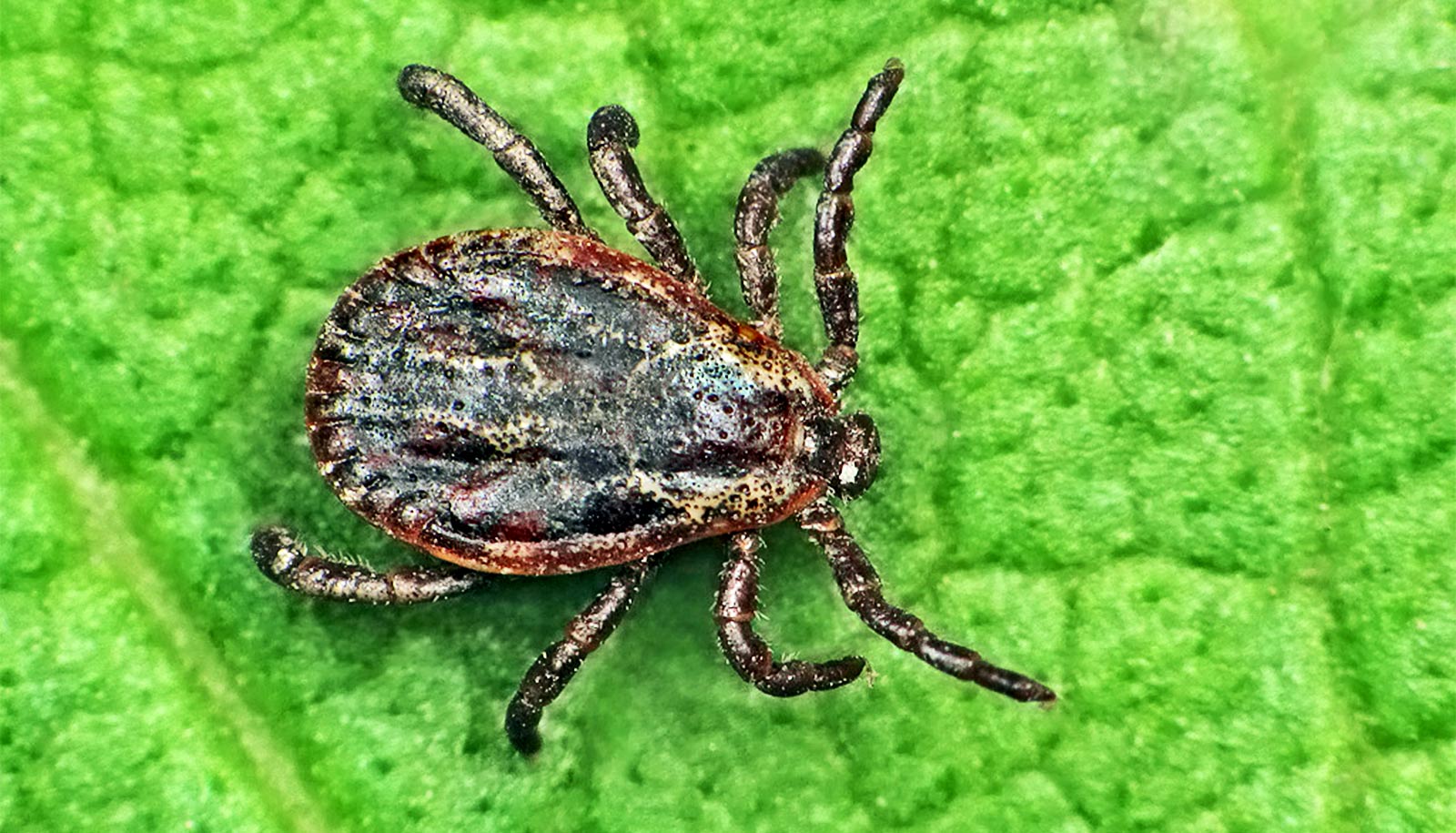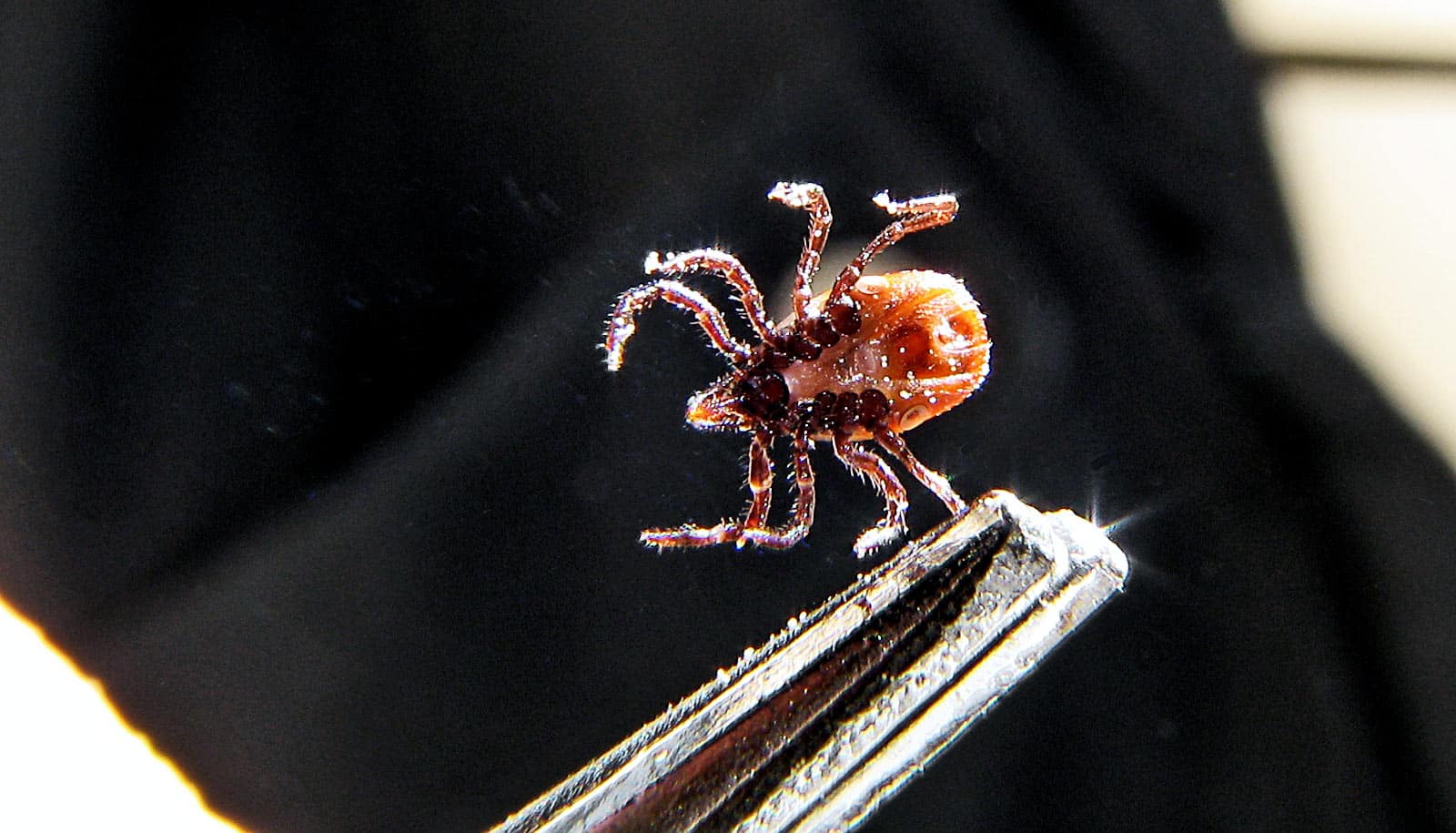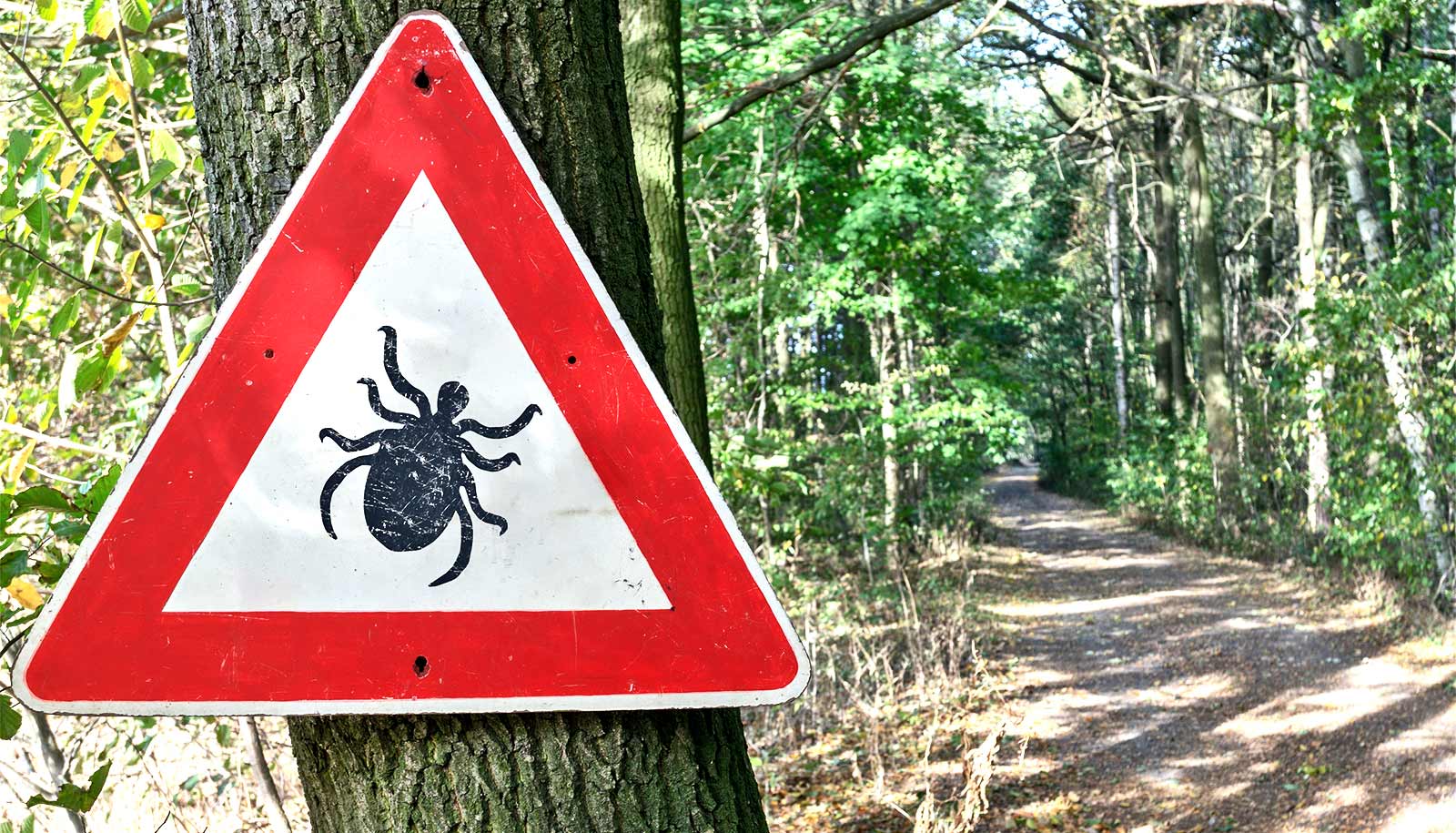A new app could help you avoid ticks and the risk of contracting Lyme disease.
“We don’t want people to be afraid. We just want them to take a few precautions so they can still enjoy being outside,” says Jean Tsao, an associate professor in the fisheries and wildlife department at Michigan State University who researches ticks and tick-borne illness and helped develop The Tick App.
More than 300,000 people contract Lyme disease each year, according to the federal Centers for Disease Control.
“…don’t panic. Just be aware, take proper precautions and enjoy being outside this summer.”
“We know being in nature is good for people’s health, but we just don’t want them to have a bad experience with ticks or tick-borne diseases,” Tsao says.
Tsao worked with scientists at Columbia University and the University of Wisconsin to develop the smartphone app, The Tick App. It provides information on ways to prevent tick exposure. The app also shows how to identify different kinds of ticks and the diseases they transmit.
In addition, app users have the opportunity to be citizen scientists and help researchers understand how human behavior influences the risk of contracting ticks. Close to 3,000 people used the app in 2019, Tsao says.
“We’re interested in knowing if people use prevention methods, which prevention methods are used and what factors might influence the prevention methods used,” Tsao says. “These data will aid the development of more effective prevention strategies. ”
Tsao says one of the best ways to prevent contact ticks is to avoid their habitat.
“When hiking, it’s important to remember to not stray from the trail,” she says. “This is particularly relevant now during the coronavirus crisis since people need to social distance by staying six feet away from others, even on trails.”
“If you start feeling ill, go to a doctor and show him or her your tick.”
Also, people should do a thorough tick check after being in tick habitat and take a shower or bath to reduce the chances of getting Lyme disease.
Lastly, Tsao says if you do get bitten by a tick, carefully grab it with tweezers at the point closest to your skin to remove it. Then, take a clear photo and submit it to The Tick App so the team can identify the species.
Afterward, put the tick in a plastic bag labeled with the date and geographic location where you think you may have contacted it, then store it in your freezer.
“If you start feeling ill, go to a doctor and show him or her your tick,” Tsao says. “The species and degree of swelling can help with diagnosis and treatment. But don’t panic. Just be aware, take proper precautions, and enjoy being outside this summer.”
Download The Tick App for free here or find it on Google Play or the App Store.
For more on ticks and tick-borne disease, visit the CDC.
Source: Michigan State University



